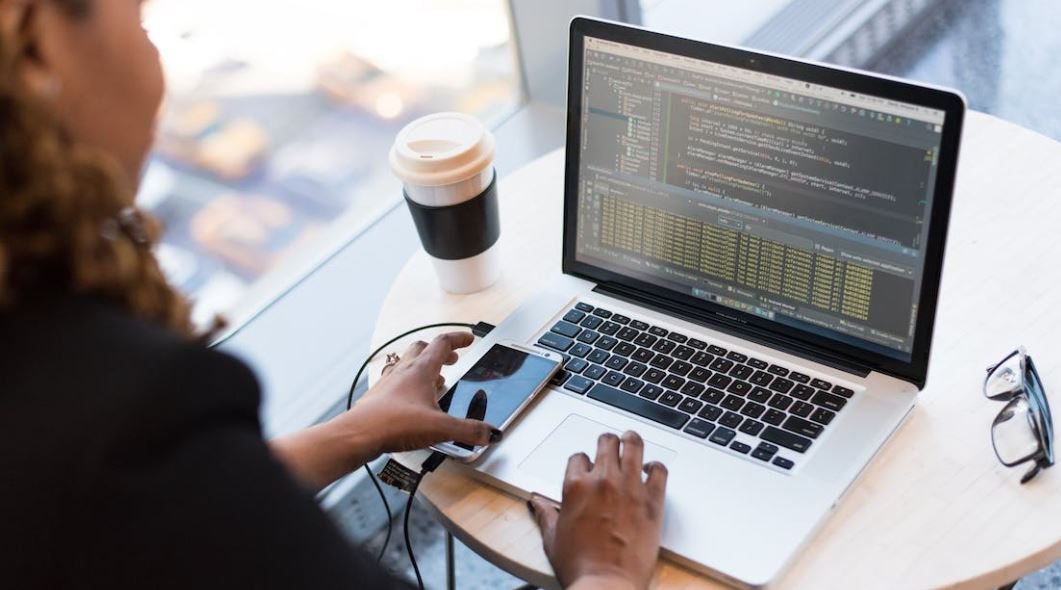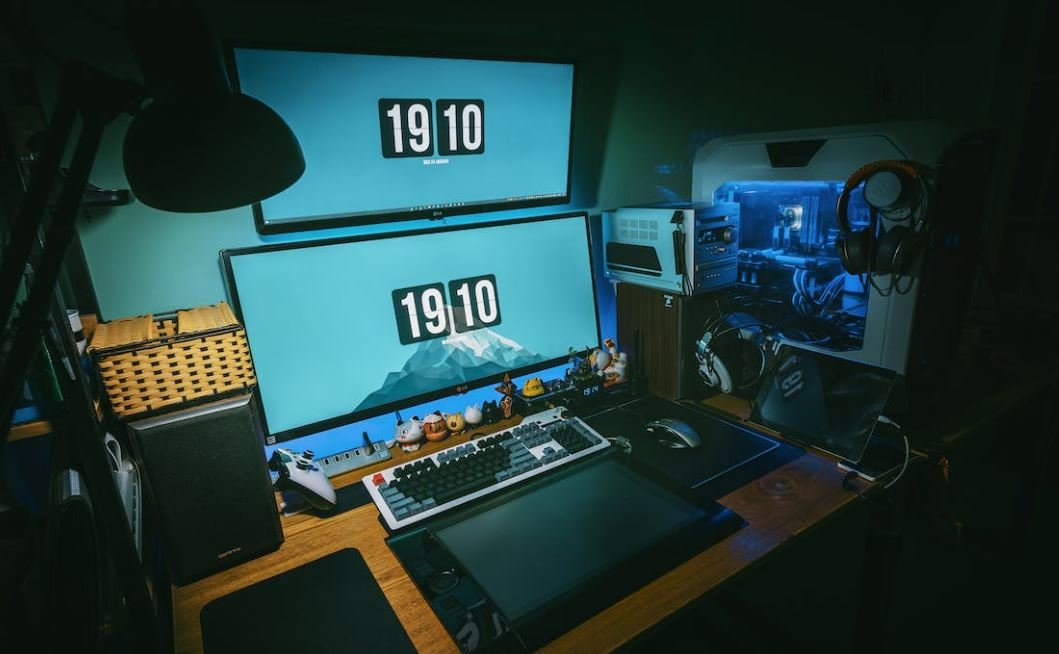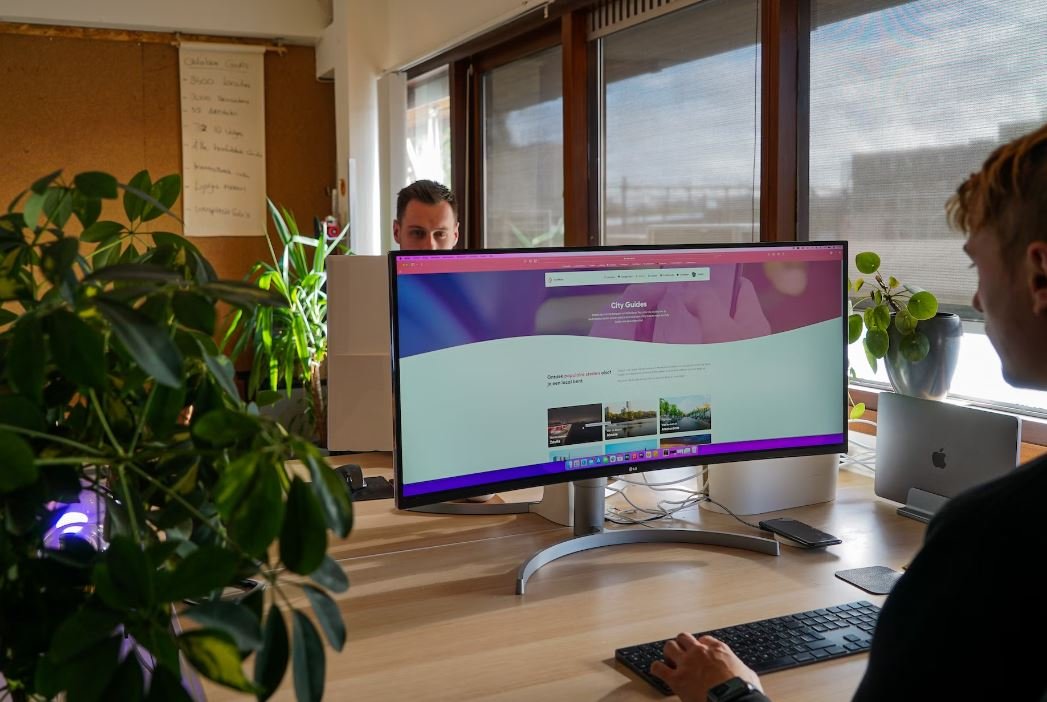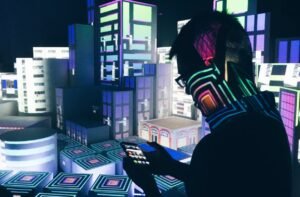AI Image Kaise Banaye
Artificial Intelligence (AI) has revolutionized many areas of technology, and image creation is no exception. With the help of AI algorithms, it is now possible to create stunning images that were once only possible by skilled artists. In this article, we will explore how to create AI-generated images and the tools and techniques involved.
Key Takeaways:
- AI algorithms enable the creation of unique and diverse images.
- Generative Adversarial Networks (GANs) are commonly used for AI image generation.
- Style transfer allows for the transformation of images into different artistic styles.
- Training AI models requires large datasets and powerful computing resources.
AI image generation uses advanced algorithms that can learn patterns and generate new images based on input data. One popular technique is to use Generative Adversarial Networks (GANs), which consist of two neural networks: a generator and a discriminator. The generator creates images from random noise, while the discriminator tries to distinguish generated images from real ones. Through an iterative process, the generator becomes more adept at creating realistic images that fool the discriminator.
AI allows for the creation of unique and diverse images that were previously unimaginable.
Style transfer is another technique used for AI image generation. It involves taking the style of one image and applying it to another. By using convolutional neural networks (CNNs) and analyzing the content and style of images, AI algorithms can transform ordinary photographs into artistic masterpieces. This technique has gained popularity in the realm of digital art, allowing artists to experiment with different styles and create visually stunning compositions.
Style transfer lets you transform your photos into various artistic styles, giving them a whole new look and feel.
AI Image Generation Process
The process of creating AI-generated images involves several steps, including data collection, training the AI model, and generating new images. Here is a step-by-step breakdown:
- Data Collection: Gather a large dataset of images that will be used to train the AI model. The dataset should include diverse images to ensure a wide range of outputs.
- Training: Use the collected dataset to train the AI model. This often requires powerful hardware and computing resources to handle the complex algorithms.
- Generation: Once the AI model is trained, you can start generating new images from random noise or input images. Experiment with different parameters and inputs to achieve the desired results.
Training AI models requires substantial computational resources due to the complex nature of the algorithms involved.
Interesting Information and Data Points
| AI Algorithm | Application |
|---|---|
| Generative Adversarial Networks (GANs) | Image generation, video generation |
| Convolutional Neural Networks (CNNs) | Image classification, style transfer |
Generative Adversarial Networks (GANs) are widely used for image and video generation.
AI image generation has opened up new possibilities in various industries:
- Art and Design: AI-generated images can serve as inspiration for artists, provide new visual experiences, and push creative boundaries.
- Entertainment: AI-generated images can be used in movies, games, and virtual reality experiences to enhance visual effects and create realistic environments.
- Marketing and Advertising: AI-generated images can be utilized in advertisements, creating unique visuals that capture consumers’ attention.
AI-generated images have applications in art, entertainment, marketing, and various other industries.
Conclusion
AI image generation is a fascinating field that offers endless creative possibilities. With AI algorithms such as GANs and style transfer, it is now possible to create unique and diverse images that were once unimaginable. The process involves gathering datasets, training AI models, and generating new images. The applications of AI-generated images are vast and span across industries like art, entertainment, and marketing.

Common Misconceptions
AI Image Kaise Banaye
There are several common misconceptions surrounding AI image creation techniques. Let’s debunk some of these myths:
- AI image creation does not require extensive technical knowledge.
- Creating AI-generated images is not limited to professionals; anyone can learn the techniques.
- AI-generated images are not always high-quality or visually attractive.
Myth: AI image creation is beyond the reach of non-technical individuals.
Contrary to popular belief, AI image creation does not require extensive technical knowledge. While some advanced techniques may involve coding or programming skills, there are user-friendly tools and platforms available that make it accessible to non-technical individuals as well.
- Many AI image creation tools have intuitive interfaces designed for easy navigation.
- Online tutorials, courses, and resources are available to help beginners learn the basics of AI image creation.
- Users can create impressive AI-generated images even without deep technical understanding.
Myth: AI-generated images can only be created by professionals.
Another misconception is that only professionals have the skills to create AI-generated images. In reality, anyone can learn and apply AI image creation techniques to create their own unique visual content.
- Numerous online platforms and software provide user-friendly tools for AI image creation.
- Learning resources like tutorials, forums, and communities allow individuals to enhance their skills and exchange knowledge.
- With practice and experimentation, even beginners can create visually appealing AI-generated images.
Myth: AI-generated images are always high-quality and visually attractive.
While AI image creation has made remarkable strides in generating realistic and visually stunning images, it is important to note that not all AI-generated images are of the highest quality or visually appealing.
- AI-generated images can sometimes have imperfections, artifacts, or inconsistencies.
- Creating high-quality AI images often requires advanced techniques, iterations, and refinements.
- The artistic vision and input from humans are still important in producing visually appealing AI-generated images.
Conclusion
To summarize, the common misconceptions around AI image creation are that it requires extensive technical knowledge, is limited to professionals, and always produces high-quality and visually attractive images. However, the reality is that AI image creation can be accessible to non-technical individuals, anyone can learn the techniques, and the quality varies depending on the tools and techniques used. With the right resources and practice, individuals can unlock the potential of AI image creation and create impressive visual content.

Introduction
Artificial intelligence (AI) technology has been constantly evolving and improving, enabling us to accomplish remarkable feats in various fields. One such advancement is the ability to generate realistic images using AI algorithms. In this article, we will explore the fascinating world of AI image generation and present ten captivating examples of AI-generated images.
The progression of AI-generated images
In recent years, AI algorithms have become highly proficient at creating images that are nearly indistinguishable from real photographs. This remarkable progress can be witnessed in the following examples:
1. Portrait of Fictional Characters
This AI-generated image showcases a stunning portrait of a fictional character brought to life through intricate algorithms. The impeccable details, from the facial features to the vibrant colors, make it hard to believe that it was not crafted by human hands.
2. Nature’s Abstract
This mesmerizing image, resembling an abstract painting, was generated by an AI algorithm that analyzed patterns in nature and merged them into a unique composition. It highlights the algorithm’s ability to interpret and reimagine the beauty found in the natural world.
3. Futuristic Cityscape
This AI-generated image depicts a breathtaking futuristic cityscape with dazzling skyscrapers, flying vehicles, and advanced infrastructure. It gives us a glimpse into the possibilities that AI can envision when it comes to urban design and architecture.
4. Wildlife Imagined
Using AI algorithms, this image was created by blending various wildlife photographs together. The result is a masterful portrayal of an imaginary creature that seamlessly integrates characteristics from different animal species.
5. Remastered Classic Art
This AI-assisted image takes an iconic piece of classical artwork and enhances it with newfound details and vibrant colors. The algorithm analyzes the original painting and generates an enhanced version, breathing new life into timeless masterpieces.
6. Alien Landscapes
AI algorithms can also envision otherworldly landscapes, as shown in this visually striking image. The unique combination of colors, textures, and unearthly formations transports us to an alien universe that sparks our imagination.
7. Vehicle Design Exploration
In the automotive industry, designers often turn to AI algorithms to explore innovative vehicle designs. This AI-generated concept car showcases a futuristic and streamlined appearance that pushes the boundaries of traditional automotive aesthetics.
8. Dreamlike Surrealism
This AI-generated image evokes a sense of surrealism, blending elements from the real world in a way that defies our expectations. The dreamlike composition challenges our perception and invites us to explore the limits of our imagination.
9. Clothing Style Synthesis
AI algorithms have also been used to synthesize new clothing styles by analyzing existing garments. This image presents a fusion of different fashion elements, resulting in a visually captivating outfit that pushes the boundaries of conventional design.
10. Hyperrealistic Landscapes
This AI-generated image showcases an awe-inspiring hyperrealistic landscape that portrays every detail with astonishing precision. From the smallest pebble to the grandeur of the mountain range, the algorithm creates a scene that captivates the viewer’s senses.
Conclusion
The world of AI-generated images is a testament to the boundless creativity and potential of artificial intelligence. From mythical creatures to futuristic cityscapes and dreamlike surrealism, AI algorithms have proven their ability to transform imagination into stunning visual representations. As AI continues to advance, we can eagerly anticipate even more astonishing images that blur the line between human and machine creativity.
AI Image Kaise Banaye – Frequently Asked Questions
What is AI image creation?
AI image creation is a technique that uses artificial intelligence to generate realistic images or modify existing ones based on given parameters or reference images.
How does AI create images?
AI creates images using deep learning algorithms. These algorithms analyze large datasets of existing images to learn patterns and then generate new images that resemble the data it has been trained on.
Can AI create original images?
Yes, AI can create original images. Although AI uses existing data to generate images, it can combine and modify elements in unique ways, resulting in images that have never been seen before.
What are some use cases of AI image creation?
AI image creation has various applications, including but not limited to: generating realistic images for gaming and virtual reality, creating concept art and visual designs, enhancing photographs, and assisting in medical imaging and diagnostics.
What tools and technologies are used for AI image creation?
There are several tools and technologies used for AI image creation, such as deep learning frameworks like TensorFlow and PyTorch, generative adversarial networks (GANs), convolutional neural networks (CNNs), and image-to-image translation models.
Do I need coding skills to create AI images?
While having coding skills can be beneficial, there are user-friendly AI image creation tools available that do not require extensive coding knowledge. These tools provide graphical interfaces and pre-built models to simplify the image creation process.
How can AI-generated images be used legally?
The legal use of AI-generated images depends on various factors, including the source of the training data, copyright laws, and applicable usage agreements. It is important to ensure compliance with intellectual property rights and obtain necessary permissions when using AI-generated images.
Can AI create realistic human faces?
Yes, AI can generate highly realistic human faces. By training on large datasets of human faces, AI models can learn to generate faces that resemble real people with realistic facial features, expressions, and even diverse characteristics.
How can AI-generated images be improved or customized?
AI-generated images can be improved or customized by fine-tuning the models with additional data or using techniques like style transfer, image manipulation, and deep feature interpolation. These methods allow users to modify the output of AI models to achieve desired results.
What are the limitations of AI image creation?
While AI image creation is impressive, it has some limitations. AI models may produce images with artifacts, lack contextual understanding, or generate biased content based on the training data. It is important to critically evaluate the generated images and consider the ethical implications of their use.




